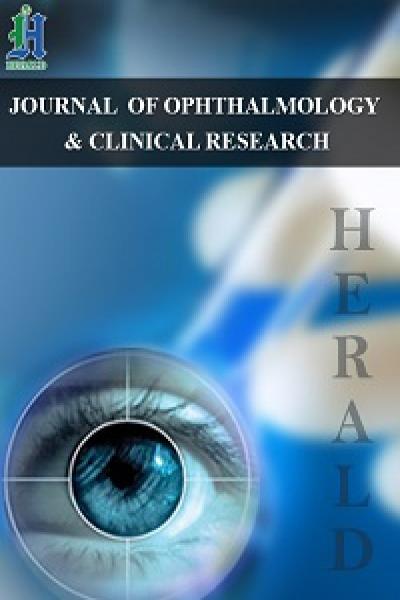
Three Year Retained Orbital Plant Material
* Corresponding Author:
Kathryn P WinklerDepartment Of Ophthalmology, Section Of Oculoplastic Surgery, Rush University Medical Center, 940 Lee St., Suite 200, Des Plaines, IL, 60016, United States
Email:kathryn.winkler@gmail.com
Received Date: Mar 11, 2024 Accepted Date: Mar 21, 2024 Published Date: Mar 29, 2024
Abstract
Retained intraorbital organic foreign bodies most often present acutely with significant inflammatory or infectious sequalae necessitating surgical removal [1]. We present a 65-year-old woman who was evaluated for an upper lid lesion that she noticed one and a half years ago which subsequently became inflamed three-to-four weeks prior to presentation. A one cm-long green plant stem was excised from a superior orbital tract, after which the patient recovered without symptoms. Upon further discussion with the patient, she noted that she had fallen three years earlier and believed that the initial embedding of the plant material occurred during this fall. After her fall, the patient developed binocular diplopia that lasted for about two months and then resolved spontaneously. This is the first known case of retained intraorbital organic foreign body that initially presented with symptoms, resolved, and subsequently presented years later with different symptoms, leading to the discovery of the foreign body.
Keywords
Excisional surgery outcomes; Intraorbital surgery; Organic material excision; Retained organic material; Retained orbital material

